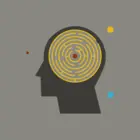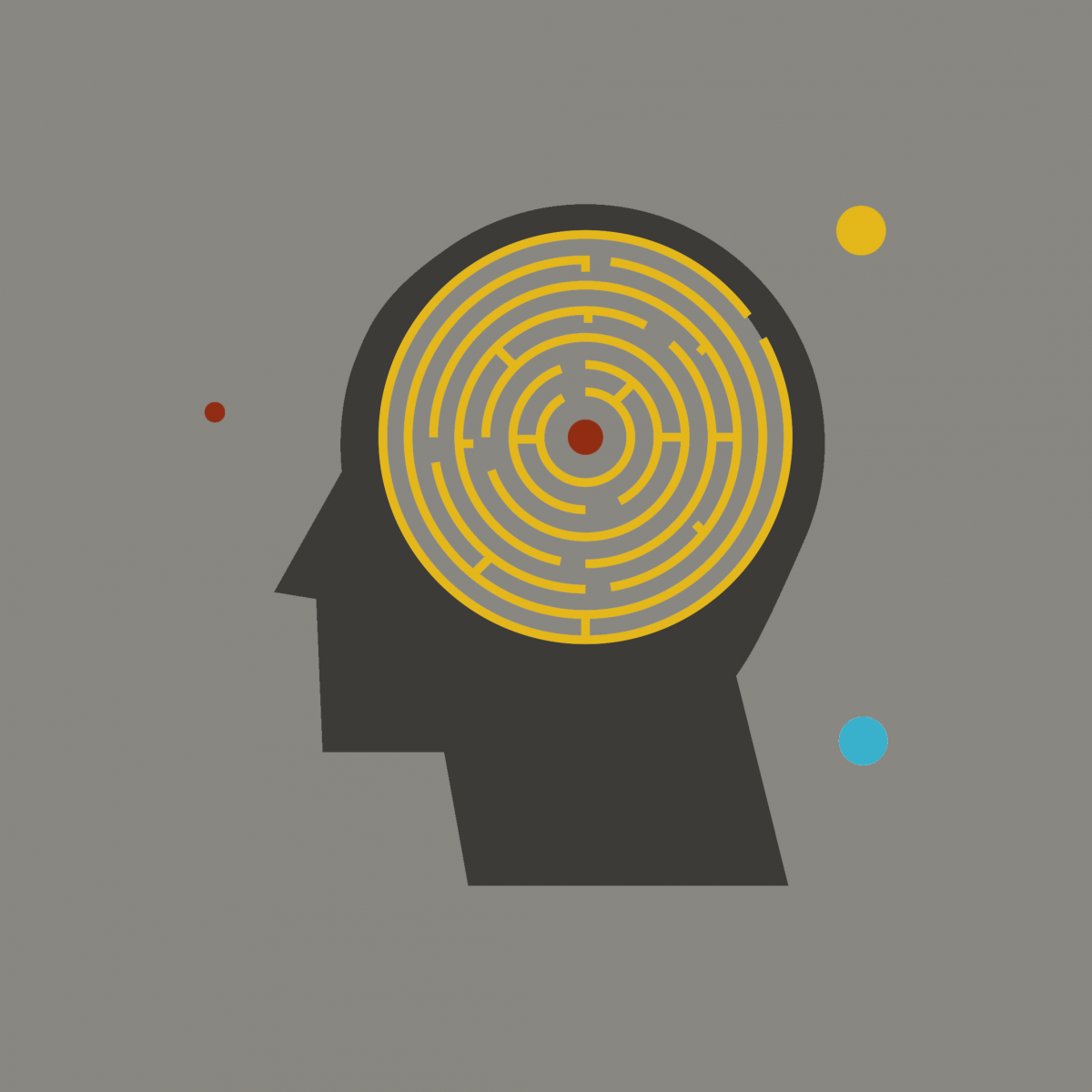
What Riddles Teach Us about the Human Mind
Yale SOM’s Shane Frederick and his co-authors investigated why certain riddles can confound us. They found that these “stumpers” expose mental models that blind us to possible answers.
 Shane Frederick, a professor of marketing at Yale SOM, has long studied how our mind betrays us, how intuition and impulsive thinking can lead people to be confident in answers that are demonstrably wrong. But the problems that excited two of his puzzle-loving colleagues at The Hebrew University of Jerusalem, Maya Bar-Hillel and Tom Noah, were different: these riddles didn’t leave you feeling confident in a wrong answer; they left you unable to come up with any good answer.
Shane Frederick, a professor of marketing at Yale SOM, has long studied how our mind betrays us, how intuition and impulsive thinking can lead people to be confident in answers that are demonstrably wrong. But the problems that excited two of his puzzle-loving colleagues at The Hebrew University of Jerusalem, Maya Bar-Hillel and Tom Noah, were different: these riddles didn’t leave you feeling confident in a wrong answer; they left you unable to come up with any good answer.
Bar-Hillel, Noah, and Frederick set about trying to study what these riddles reveal about the mind. “We hoped to uncover the principles that explain the difficulty of these riddles; the features of the problems that inhibit the representation that makes the riddles’ solutions seem so obvious in retrospect,” Frederick says.
Here’s one of the riddles (another three are presented at the end of this article):
An accountant says: “That attorney is my brother,” and that is true— they really do have the same parents. Yet that attorney denies having any brothers— and that is also true! How is that possible?
It is not possible, unless…the accountant is…wait for it…a woman. In this case, gender stereotypes inhibit our ability to discover the solution. To many, this solution is (or should be) embarrassing—particularly since most accountants are actually women. More generally, Bar-Hillel, Noah, and Frederick found that stumpers often stump by evoking the wrong representation. Hence, if you continue to cling to the image of a male accountant (who is probably balding and middle-aged), the riddle will remain insoluble.
Problems that stump can be distinguished from problems that trick, like the one below, from a 2005 paper by Frederick.
A bat and a ball cost $1.10 in total. The bat costs $1.00 more than the ball.
How much does the ball cost?
In both cases, something immediately comes to mind (a male accountant and 10 cents, respectively). But, in contrast with the bat and ball problem, where 10 cents is a plausible answer to this question, participants in the accountant riddle are told, up front, that the attorney has no brothers, so their initial thought—of a male accountant—is immediately repudiated by the problem itself. Correspondingly, if the bat and ball problem were accompanied by the disclaimer that the ball does not cost 10 cents, it too would become a stumper for some people. But it is not a very potent stumper, because the unwelcome news that the ball does not cost 10 cents initiates many activities that are viable pathways to solution: writing down a set of equations, rereading the question so that you recognize that $1.00 does not reference the price of the bat, or just plugging in some other values and seeing what happens. Many of these activities ultimately guide respondents to the correct answer (5 cents).
By contrast, in the accountant riddle, only one specific representation permits a solution, and if it is not summoned, all of the other mental activity that happens next tends to move you away from the answer: you’ll start wondering if a single male individual can be both an accountant and an attorney (and his own brother, yet not), whether the two men had been separated at birth, but only one of them became aware of it, whether the “two” men are actually clones of each other who chose different occupations and differ with respect to how they regard the other (as a brother vs. a copy)… and countless other unsatisfying and bizarre “solutions” actually given by respondents.
The team’s new research, which was recently published in Judgment and Decision Making, lays a foundation for the continued study of mental representations and the features that make some representations dominant. For instance, when you read that two people are standing near each other and facing opposite directions, what comes to mind? Are they facing away from each other, or toward each other? Why? It also raises questions about whether representational flexibility is a skill distinct from intelligence, and whether techniques can be developed to help dislodge default representations when those prove unhelpful.
Riddles might also be used to gauge how effectively someone can understand the thinking of others. Much as Simon Baron-Cohen’s “mind in eyes” test is purported to measure your ability to ascertain others’ emotional states, Frederick suggests that riddles might be used to assess someone’s “cognitive empathy.”
Frederick notes that the relative difficulty of different stumpers is not easy to intuit, beyond classifying those that stumped you as being more difficult than those that didn’t. “In other words, if something came to your mind, it is hard to see why that would not occur to someone else.”
That said, devising a practical tool was not the immediate goal of this work. “We did not write it with anyone in mind beyond our small group of academic friends who like riddles,” says Frederick. “I suppose, of course, that the principles of what makes something come to mind (or not) might be used to good or nefarious ends by people outside of academics.”
Stumpers!
Below are three other riddles featured in Bar-Hillel, Noah, and Frederick’s paper. Click for the solution.
A big brown cow is lying down in the middle of a country road. The streetlights are not on, the moon is not out, and the skies are heavily clouded. A truck is driving towards the cow at full speed, its headlights off. Yet the driver sees the cow from afar easily, and avoids hitting it, without even having to brake hard. How is that possible?
Solution: It’s daytime.
Why are people stumped? The philosopher of language Paul Grice gave a list of maxims people naturally follow in conversation. One is “Do not make your contribution [to the conversation] more informative than is required.” In this case, mentioning the absence of light sources if it were daytime would be unnecessary. Since light sources are mentioned, readers unconsciously assume that it’s nighttime.
Individual bus rides cost one dollar each. A card good for five rides costs five dollars. A first-time passenger boards the bus alone and hands the driver five dollars, without saying a word. Yet the driver immediately realizes, for sure, that the passenger wants the card, rather than a single ride and change. How is that possible?
Solution: The passenger hands over five one-dollar bills.
Why are people stumped? This stumper led the authors to the new hypothesis that people more readily conjure a single item than multiple items. “Thus,” they write, “a five dollar bill is easier to ‘see’ than five singles, and a five-ounce chunk of cheese is easier to ‘see’ than five ounces worth of cheese bits.”
In a Bangladesh market, a small potato bag costs 5 taka, a medium potato bag costs 7 taka, and a large potato bag costs 9 taka. Yet, a single potato in that market costs 10 taka. How is that possible?
Solution: The potato bags are empty.
Why are people stumped? People generally perceive containers as empty, unless their contents are referenced, in which case they consider them as full. A bag is usually visualized as empty, but a potato bag as full, and a bottle is usually visualized as empty, but a wine bottle is visualized as full.



